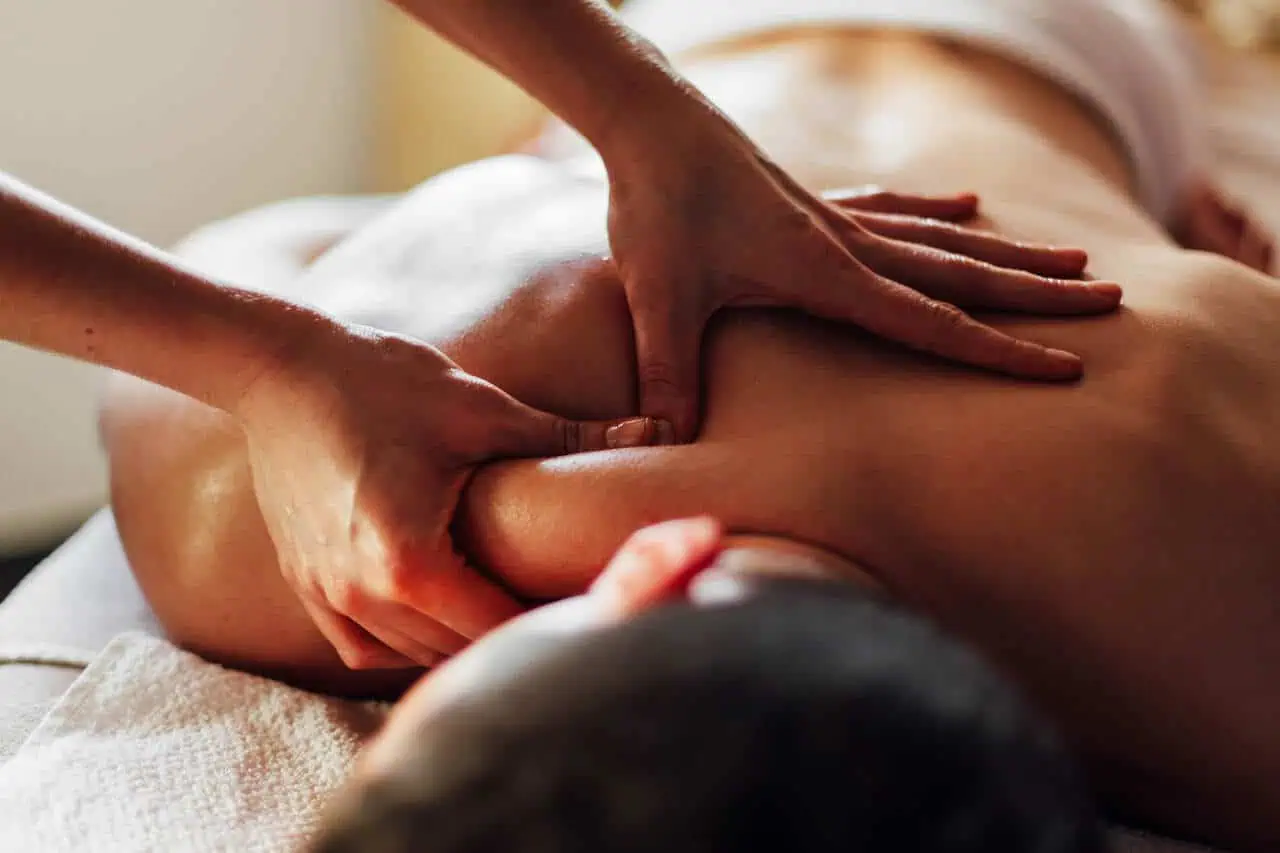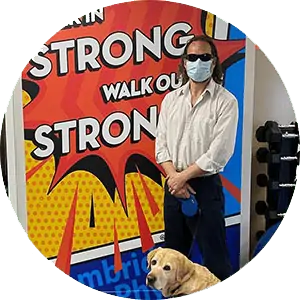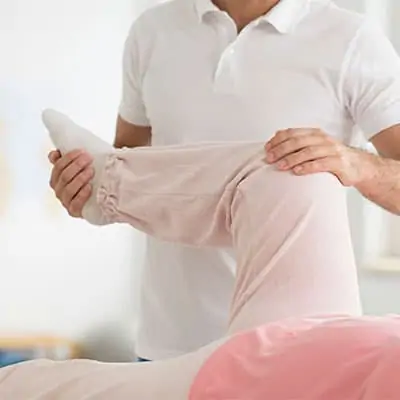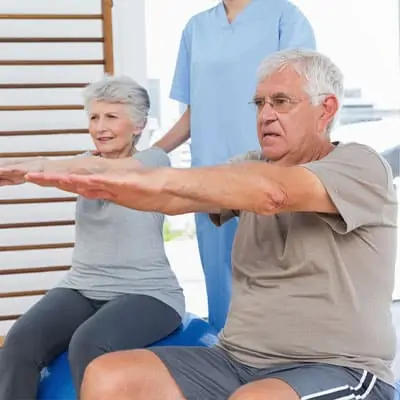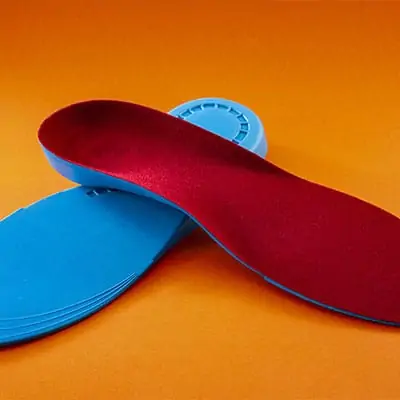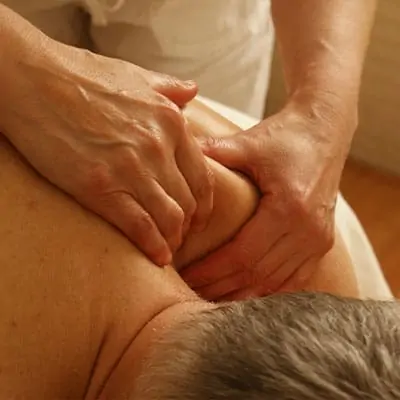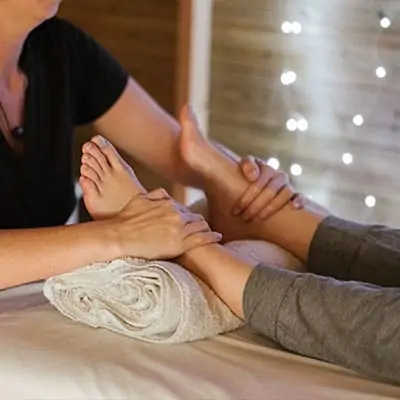Benefits of Massage Therapy for Seniors
Introduction to Massage Therapy for Seniors
Massage therapy is a healing practice that involves various techniques aimed at improving physical and mental well-being. For seniors, this form of therapy can provide numerous benefits that cater to the unique needs of aging individuals. The gentle manipulation of muscles and soft tissues helps to alleviate discomfort, enhance mood, and promote overall health. By understanding the specific advantages of massage therapy for seniors, you can make informed decisions regarding your health and wellness.
Importance of Regular Massage Therapy
Regular massage sessions can significantly enhance the quality of life for seniors. Whether dealing with chronic pain, managing stress, or seeking to improve mobility, incorporating massage therapy into your routine can yield lasting effects. Below is a summary of essential reasons to consider frequent massage therapy:
| Benefit | Description |
|---|---|
| Pain Management | Massage can help relieve discomfort associated with conditions such as arthritis, back pain, and fibromyalgia. Find more about effective techniques for massage therapy for back pain. |
| Improved Circulation | Enhanced blood flow supports overall health and aids recovery from injuries. |
| Stress Reduction | Regular sessions can lead to lower levels of anxiety and reduced stress. Explore options for massage therapy for anxiety. |
| Enhanced Mobility | Gentle techniques can improve flexibility, which is vital for maintaining independence. |
| Better Sleep | Massage can promote relaxation, leading to improved sleep quality for seniors. |
By prioritizing regular sessions, seniors can enjoy not just immediate relief, but also long-term health improvements. Additionally, you may explore different techniques and types of massage, such as deep tissue massage therapy or swedish massage therapy. Tailoring your massage experience to your individual needs can make a significant difference in your overall well-being.
Physical Benefits
Massage therapy offers numerous physical benefits, especially for seniors. By incorporating regular sessions, you can experience improved well-being and increased vitality. Here are some of the key physical advantages of massage therapy for seniors:
Pain Relief and Management
Many seniors experience chronic pain due to conditions such as arthritis, fibromyalgia, or general muscle stiffness. Massage therapy is an effective modality for alleviating this discomfort. Various techniques, such as deep tissue and trigger point massage, can specifically target tight muscles and relieve pain.
The following table summarizes common conditions and the types of massage therapy that may provide relief:
| Condition | Recommended Massage Therapy |
|---|---|
| Arthritis | Massage therapy for arthritis |
| Back Pain | Massage therapy for back pain |
| Plantar Fasciitis | Massage therapy for plantar fasciitis |
| Carpal Tunnel Syndrome | Massage therapy for carpal tunnel syndrome |
| Sciatica | Massage therapy for sciatica |
Improved Circulation
Increased blood circulation is another significant benefit of massage therapy. Enhanced circulation can help to deliver essential nutrients and oxygen throughout the body, promoting overall health. This improved blood flow is particularly beneficial for seniors, who may experience circulatory issues due to age-related factors.
Regular massage can also help in reducing blood pressure, which is important for maintaining heart health. Techniques such as Swedish massage or lymphatic drainage massage may be especially effective in boosting circulation. For detailed insights, explore our article on lymphatic drainage massage therapy.
Increased Flexibility and Range of Motion
As people age, joint stiffness and reduced flexibility often lead to decreased mobility. Massage therapy can help to counteract these effects by promoting relaxation in muscles and improving joint function.
Through various stretching techniques incorporated during a massage session, you can experience an increase in flexibility and range of motion over time. This is beneficial for maintaining an active lifestyle and overall quality of life. For information on different massage techniques that can enhance flexibility, visit our section on massage therapy techniques.
Embracing the physical benefits of massage therapy can significantly enhance your life as you age. Incorporating regular massage sessions can lead to a reduction in pain, improved circulation, and better overall mobility.
Mental and Emotional Benefits
Massage therapy offers numerous mental and emotional benefits, particularly for seniors. Engaging in regular massage sessions can make a difference in various aspects of one’s mental wellness.
Stress Reduction
Stress can affect individuals of all ages, but seniors may experience unique stressors related to health changes, loss, or isolation. Massage therapy helps reduce stress levels by promoting relaxation and decreasing cortisol levels. During a session, your body activates the parasympathetic nervous system, which leads to deep relaxation.
| Benefit | Measurement |
|---|---|
| Reduction in Cortisol Level | Up to 30% |
| Enhanced Relaxation | 80% of clients report feeling relaxed post-massage |
Enhanced Mood and Well-Being
Regular massage therapy can enhance your mood and overall sense of well-being. The release of endorphins during a massage creates feelings of happiness and comfort. This is particularly important for seniors who may deal with depression, anxiety, or feelings of loneliness.
Several studies have shown a positive correlation between massage therapy and mood improvement, helping to combat feelings of sadness and anxiety.
| Mood Improvement | Percentage of Participants |
|---|---|
| Increased Happiness | 60% |
| Decreased Anxiety | 50% |
For more information on how massage therapy can address emotional concerns, consider exploring topics like massage therapy for anxiety.
Better Sleep Quality
A soothing massage can also help improve sleep quality. Many seniors face sleep disturbances due to discomfort or health issues. Massage therapy tackles this problem by promoting relaxation in both the mind and body, resulting in a more restful night’s sleep.
Massage can help regulate sleep patterns by lowering stress and anxiety levels, leading to less insomnia or disturbances during the night.
| Sleep Quality Improvement | Percentage of Participants |
|---|---|
| Reduced Insomnia Symptoms | 70% |
| Enhanced Sleep Duration | 60% |
For additional insights into the various benefits of massage therapy, you can visit our article on massage therapy benefits.
Embracing massage therapy can lead to significant improvements in your mental health, helping to foster a calmer, happier, and more restful life.
Specific Considerations for Seniors
When exploring massage therapy for seniors, it is important to consider specific factors to ensure safety and effectiveness. As you or your loved ones navigate the world of massage, here are some key considerations to keep in mind.
Health Conditions
Seniors may have unique health conditions that can affect their experience with massage therapy. Common issues include arthritis, osteoporosis, and cardiovascular diseases. It’s essential to inform your massage therapist about any existing conditions prior to a session. Below is a table highlighting common health conditions and the types of massage that may be beneficial:
| Health Condition | Recommended Massage Types |
|---|---|
| Arthritis | Swedish massage therapy |
| Osteoporosis | Gentle therapeutic massage therapy |
| Sciatica | Massage therapy for sciatica |
| Plantar Fasciitis | Massage therapy for plantar fasciitis |
| Carpal Tunnel Syndrome | Massage therapy for carpal tunnel syndrome |
Sensory Changes
With age, sensory perception can change, leading to variations in sensitivity. This may affect how seniors respond to touch, pressure, and overall massage techniques. It is important to discuss any sensory changes with your therapist so they can tailor the massage accordingly. You may notice that certain areas are more sensitive or that your threshold for comfort may vary.
Customized Massage Techniques
A one-size-fits-all approach does not apply to massage therapy, especially for seniors. Customized techniques should be employed to accommodate individual needs. Therapists might use lighter strokes or specific methods focusing on areas that require attention, such as:
- Gentle strokes suitable for fragile skin
- Targeted therapies for pain relief, like deep tissue massage therapy
- Lymphatic drainage massage therapy for improved circulation and detoxification
Discussing your specific needs and preferences with the therapist will enhance the massage experience and provide the greatest benefits. For more information about various techniques, you can explore our article on massage therapy techniques.
Precautions and Safety Measures
When considering massage therapy for seniors, it is essential to implement precautions and measures to ensure a safe and beneficial experience. Adequate communication with your massage therapist, using gentle techniques, and monitoring for any adverse reactions are important factors to consider.
Communication with Your Massage Therapist
Open and honest communication with your massage therapist is vital. Before starting any massage, provide your therapist with detailed information about your health history, current medications, and any specific concerns you may have. This will help them tailor the session to your needs.
Factors to discuss include:
| Factor | Details |
|---|---|
| Health Conditions | List any chronic conditions or recent surgeries. |
| Sensitivities | Mention any allergies or areas that are sensitive to touch. |
| Comfort Levels | Discuss what pressure feels comfortable and what does not. |
Encourage your therapist to adjust their techniques based on your feedback during the session.
Gentle Techniques for Fragile Skin
As we age, skin can become increasingly fragile and sensitive. It is crucial to use gentle techniques during massage therapy to prevent irritation or injury.
Consider the following gentle techniques that are beneficial for seniors:
| Technique | Description |
|---|---|
| Swedish Massage | Utilizes light pressure and long, flowing strokes to promote relaxation. |
| Lymphatic Drainage | Focuses on gentle, rhythmic strokes to stimulate the lymphatic system and reduce swelling. |
| Hot Stone Massage | Involves the use of heated stones that can gently relax muscles without excessive pressure. |
Always ensure that your therapist is aware of your skin sensitivity. They should adjust their methods accordingly to avoid causing discomfort.
Monitoring for Any Adverse Reactions
After your massage session, it is important to monitor how your body responds. Some individuals may experience mild soreness or fatigue, but any significant issues should be addressed immediately.
Be on the lookout for the following reactions:
| Reaction | Description |
|---|---|
| Increased Pain | If you experience greater discomfort after the session compared to before, consult a healthcare provider. |
| Skin Irritation | Redness, rashes, or swelling may indicate a sensitivity to the techniques used. |
| Dizziness or Nausea | These symptoms can occur, particularly in seniors. Report them to your therapist and seek medical advice if necessary. |
If you notice any adverse reactions, inform your therapist and discuss modifying techniques or exploring other types of massage therapy that may be more suitable for you. Understanding these aspects will enhance your overall experience and help you maximize the massage therapy benefits for seniors.
Incorporating Massage Therapy into Senior Care
Integrating massage therapy into the care of seniors can enhance their overall health and well-being. Understanding how to effectively incorporate this treatment can lead to significant benefits.
Integrating Massage Therapy into Wellness Plans
To maximize the benefits of massage therapy for seniors, it is important to incorporate it into their wellness plans. Regular sessions can support physical and emotional health. Consider the following points:
| Integration Step | Description |
|---|---|
| Assessment of Needs | Identify specific health concerns or goals that massage therapy can address, such as pain relief or relaxation. |
| Frequency of Sessions | Establish how often the senior should receive massage therapy. Recommendations often range from weekly to monthly sessions based on individual needs. |
| Holistic Approach | Combine massage with other therapies or activities such as physical therapy or yoga for a comprehensive wellness plan. |
For information on specific techniques, explore our article on massage therapy techniques.
Finding Qualified Massage Therapists
Finding a qualified massage therapist is crucial for effective treatment, especially for seniors. It is wise to consider the following when selecting a professional:
| Criteria | Considerations |
|---|---|
| Qualifications | Ensure the therapist is certified and specializes in senior massage therapy. |
| Experience | Look for therapists with experience working with seniors or those with specific conditions, such as arthritis or fibromyalgia. |
| Reviews | Check reviews or get recommendations from healthcare professionals or other clients. |
Utilizing resources such as local healthcare facilities or senior centers can aid in finding qualified therapists. For further insights, refer to our article on therapeutic massage therapy.
Creating a Comfortable Environment
The environment where the massage takes place significantly impacts the experience. Ensuring comfort can enhance relaxation and effectiveness. Here are some considerations for creating a suitable setting:
| Element | Suggestions |
|---|---|
| Temperature | Maintain a comfortable room temperature to avoid discomfort during the session. |
| Ambiance | Use soft lighting and calming music to create a soothing atmosphere. |
| Accessibility | Ensure pathways are clear so seniors can move safely, and provide a comfortable table or chair for the massage. |
A comfortable and welcoming environment can significantly improve the outcomes of massage therapy. For more options, consider exploring types of massage therapy that cater to specific needs, such as Swedish massage therapy or deep tissue massage therapy.
Incorporating massage therapy effectively into senior care empowers individuals to experience enhanced well-being and improved quality of life.


